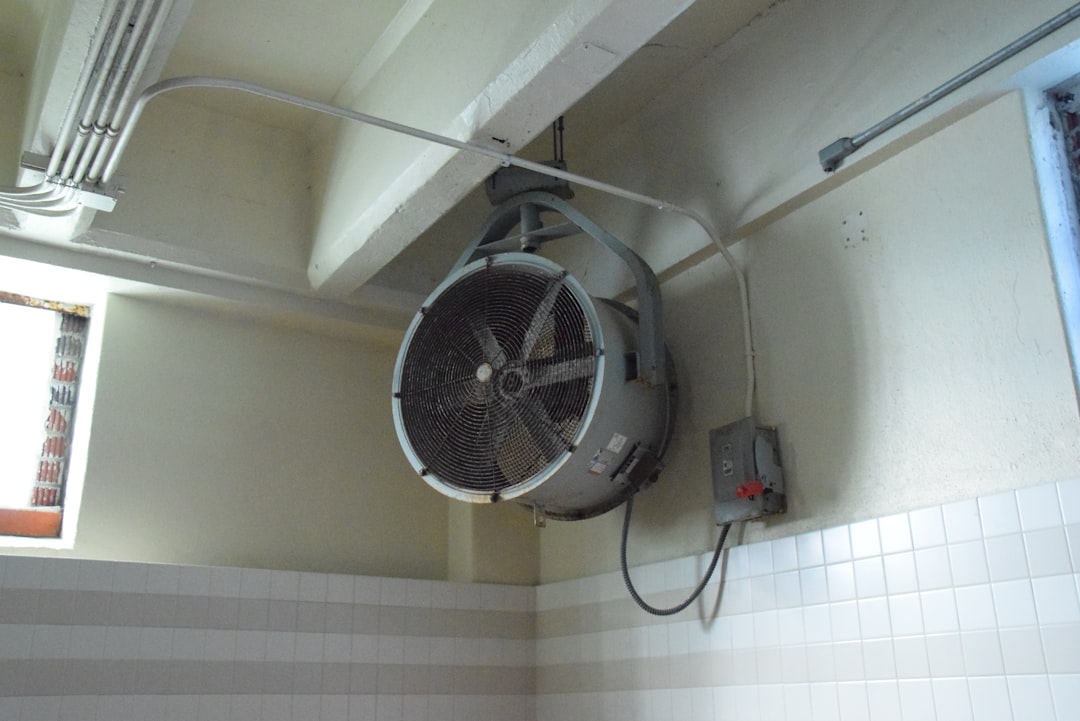Kitchen Exhaust Fan Installation Cost: A Comprehensive Guide for Professionals
Understanding the cost of installing a kitchen exhaust fan is crucial for construction professionals. With prices ranging from $750 to $2,400, and high-end projects exceeding $5,000, accurate estimates are essential. This guide provides a detailed breakdown of costs and factors affecting installation prices.
Why Accurate Costing Matters
Accurate costing prevents project delays and ensures competitive bids. Utilizing real-time material pricing and regional labor rates, professionals can deliver precise estimates quickly.
Key Cost Factors
- Fan type and capacity: Under-cabinet units are more affordable than custom hoods with high CFM blowers.
- Ductwork length and routing: Simple exterior wall vents cost less than complex roof penetrations.
- Electrical upgrades: Additional circuits or panel expansions increase costs.
- Finishing materials: Custom cabinetry and trim kits affect pricing.
- Local code requirements: Compliance with make-up air systems may be necessary.
Average Price Ranges
In markets like Louisville, costs typically range from $750 to $2,400, with a median of $1,450. High-end projects can exceed $5,000.
Detailed Cost Breakdown
- Site assessment and planning: $100–$250
- Exhaust fan unit: $150–$900
- Duct, vent cap, backdraft damper: $75–$225
- Electrical labor and parts: $200–$600
- Carpentry, drywall, paint touch-ups: $150–$400
- Permit fees and inspections: $75–$200
- Debris disposal and clean-up: $50–$75
How CountBricks Generates These Numbers
- Voice-to-scope capture: Converts on-site discussions into estimates.
- Real-time material pricing: Syncs with suppliers to avoid cost surprises.
- Regional labor calibration: Applies local wage rates for accuracy.
- AI blueprint takeoffs: Calculates duct runs and electrical routes efficiently.
DIY vs. Professional Installation
While DIY may seem cost-effective, professional installation ensures compliance with codes and optimal performance. CountBricks contractors adhere to NEC and IRC standards.
Hidden Costs to Watch For
- Structural modifications for duct runs
- Roof flashing for penetrations
- Asbestos or lead paint abatement
- Cabinet refacing for dimension changes
Step-by-Step Installation Process
- In-home voice consultation captures project scope.
- AI generates estimates and schedules permits.
- Licensed professionals complete rough-in work.
- Installation of fan unit, ducting, and exterior cap.
- System testing for CFM output and noise levels.
- Final walkthrough and digital invoice delivery.
Pro Tips for Maximizing ROI
- Select a fan rated at least 100 CFM per linear foot of cooktop.
- Keep duct runs under 30 feet to preserve airflow.
- Use solid metal duct for better performance.
- Install a backdraft damper to prevent heat loss.
- Pair high-powered fans with make-up air dampers.
Financing and Tax Incentives
Energy-efficient fans may qualify for rebates. CountBricks offers financing options to bundle costs into manageable payments.
Why Professionals Choose CountBricks
- Transparent pricing with no hidden fees
- Single project manager for all trades
- Digital records for warranty and resale
- High customer satisfaction ratings
Get a Precise Quote
Visit CountBricks.com to start a voice session and receive a personalized installation cost estimate.
Case Study: Efficient Installation with CountBricks
The Lopez family needed a new kitchen exhaust fan for their 1960s home. CountBricks provided a same-day estimate, resulting in a $1,560 installation cost. The project was completed efficiently, staying within budget.
Lessons Learned
- Digital takeoffs prevent framing conflicts.
- Real-time pricing saves costs.
- Transparent labor allocations enhance client trust.
Replicate This Success
- Use the CountBricks app for on-site data capture.
- AI suggests optimal fan sizing based on cooktop BTUs.
- Schedule permits and track approvals online.
Whether you're a contractor or a DIY enthusiast, CountBricks streamlines the process, ensuring code compliance and cost accuracy. Start your project at CountBricks.com.

